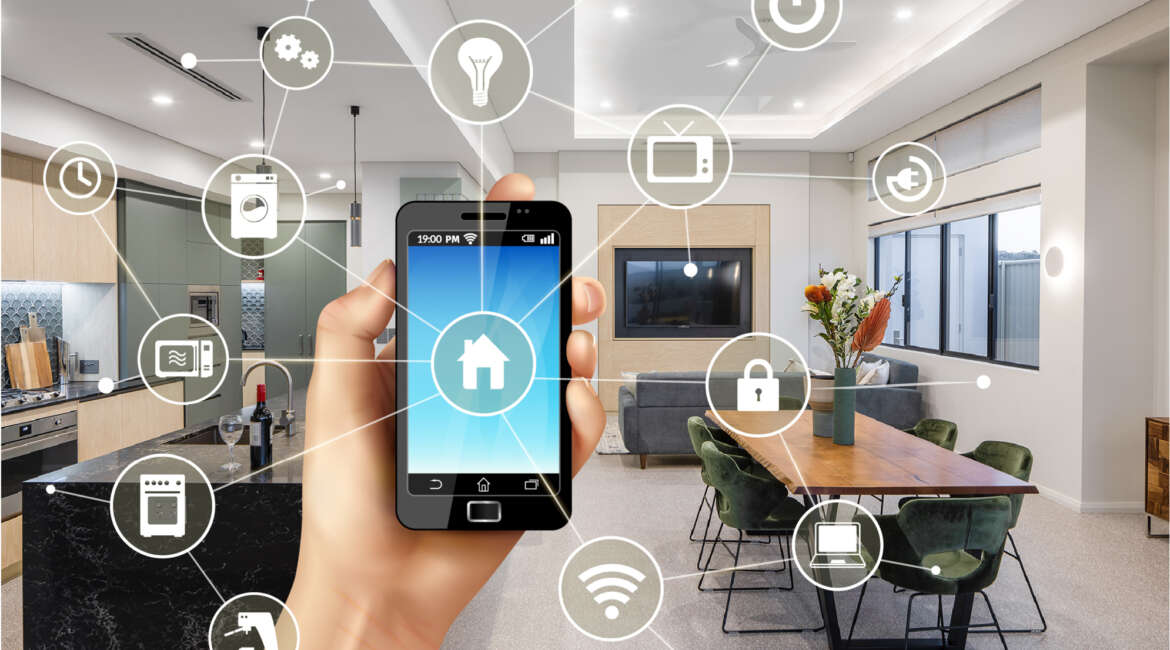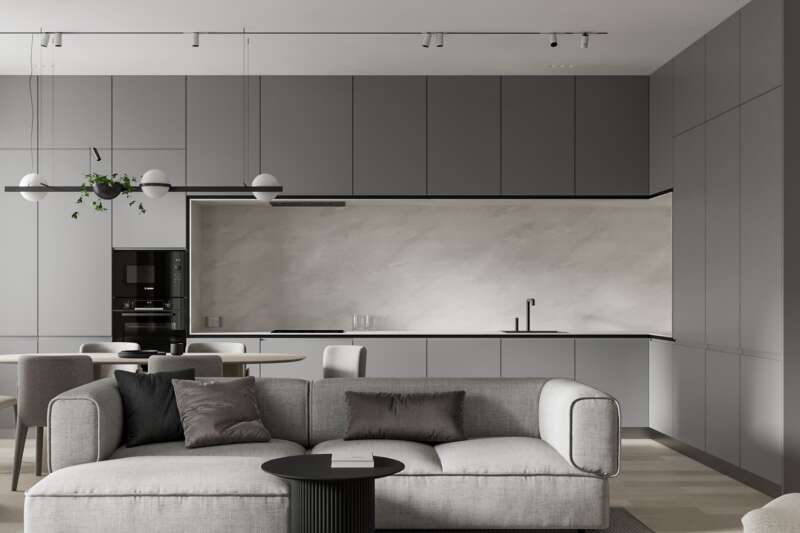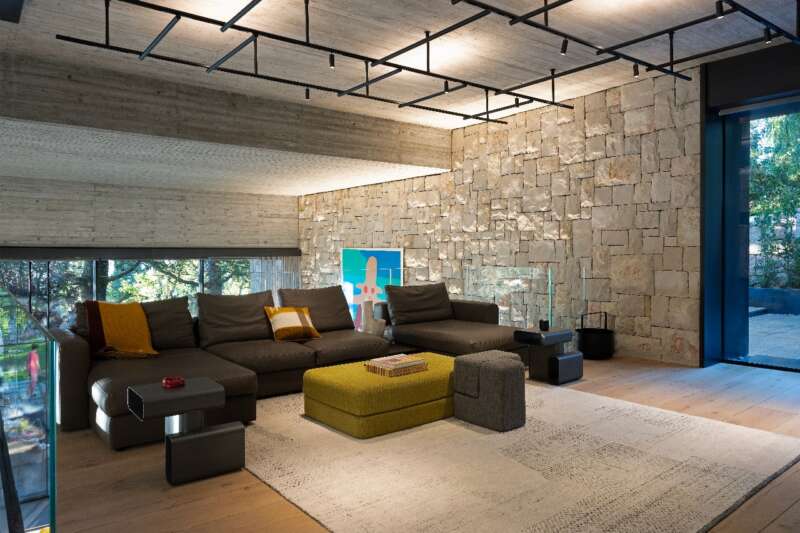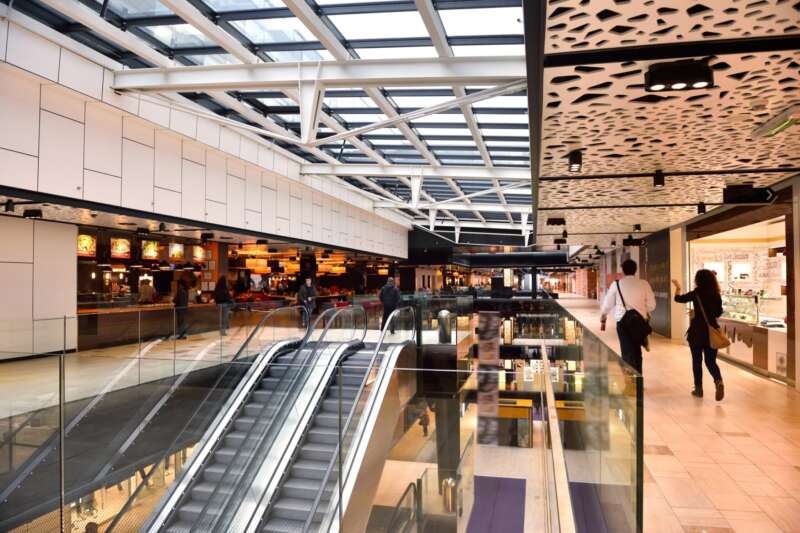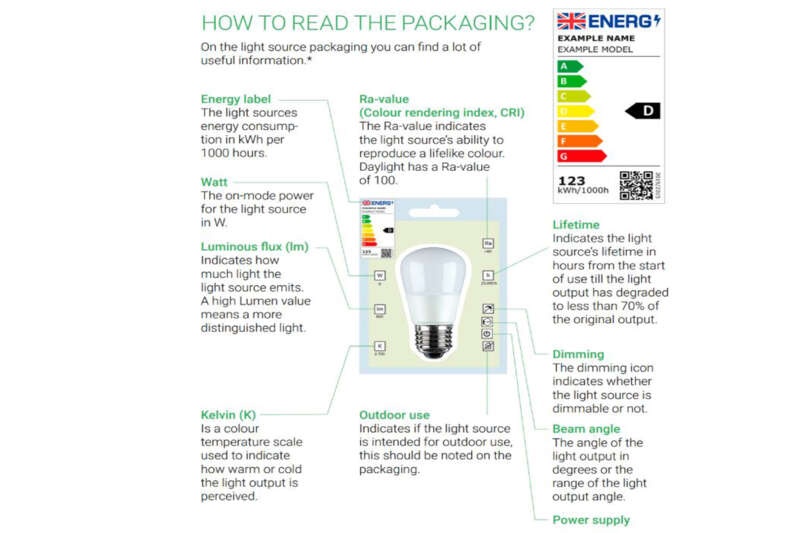Lighting controls have become common place in many commercial environments over the last few years as businesses have switched on to the cost and eco benefits of energy efficiency. But is there more scope for these products? Where is this market heading next? And if you’re a building manager, what are the key considerations you need to make when looking at smart tech?
Mymesh started in the 1980’s as an industrial internet of things. It’s a robust radio-agnostic protocol that’s provides a wireless infrastructure. What this means in real terms is that it enables machines to talk to each other on any wireless frequency including Bluetooth (2.4GHZ) and 868 MHz so they can work together as a centrally controlled network. To date this protocol has been primarily used for lighting controls as it’s the obvious place to utilise it; you’ll always have lights, they’re tucked away in a ceiling and have a constant source of power – so they make the perfect network. But the protocol has much broader uses and can in fact transform your building into a smart building.
What insight can we have into the future of lighting controls?
It’s much more about smart buildings these days, but with lighting controls as the backbone. Lighting controls are always going to be important as around 90% of buildings need one. But if you put a lighting control system in, then you can improve the intelligence of your building in so many other ways. You’ll not only have this efficient lighting network, but you can then add in things like air quality sensors, leak detection, daylight harvesting, automatic blinds and much more. There are so many devices being brought to market to work on these networks, the future opportunities are limitless.
Is there a real benefit for building owners?
It’s a real sweet spot for building owners. They often don’t realize that by putting a lighting control system in, you’re actually get a building control system for free. You’re essentially futureproofing your building.
With increasing cybercrime, isn’t security a big concern when it comes to lighting controls and smart building networks?
Security is a massive concern for customers being responsible for a major shopping centre or hospital and someone hacks your system, turns off the lights and plunges everywhere into darkness. It could prove lethal! Mymesh is a highly secure protocol, with security keys rotating 10 times every second. Security keys essentially allow devices to talk to other devices on the network. So, if a hacker grabs the security key, by the time they’ve done anything else with it it’s changed 10 times by the next second.
What trends are in terms of customer demands for lighting controls?
Wireless lighting control is obviously a key people are interested in as it just gives you so much flexibility when you don’t have to install cabling around your building. We’re also seeing a large volume of calls on emergency light monitoring. Due to the regulatory requirements, people are keen to limit their risk and increase efficiency, so the fact you can automate your testing and receive a report each week is a very attractive prospect.
And what trends are on the wider smart building tech?
As a result of COVID there’s a huge demand for a ‘people-counting’ capability to plug into the protocol and we’ve just designed a solution for this. I think this will be a real area for growth as people return to workplaces where businesses will be challenged on air handling units and how much air comes into a space. ‘People-counting’ for spaces, rather than just monitoring occupancy is going to be an increasing area of focus for building managers.
How easy is it to bolt these additional smart building solutions into the network?
With Mymesh it’s incredibly easy as the protocol’s already there, so you have an existing network in the building. You simply get power to the new sensor and drag it onto the network using an iPad.
What considerations do people need have when considering lighting and smart building controls?
There are three main considerations when it comes to smart tech. The top priority must be security. The second is the ease at which you can change something on your network. You don’t want to be beholden to a company who are going charge you for every little modification you want to make, as the cost of an engineer will almost certainly prohibit any changes and negate any cost-benefit. Whereas if you can do it yourself in 30 seconds, you’ll just get it done and you’ll constantly evolve the intelligence of your building. The Mymesh protocol works through an app, so you literally log on and make the change there and then.
The final consideration is to ensure you’re considering futureproofing.


